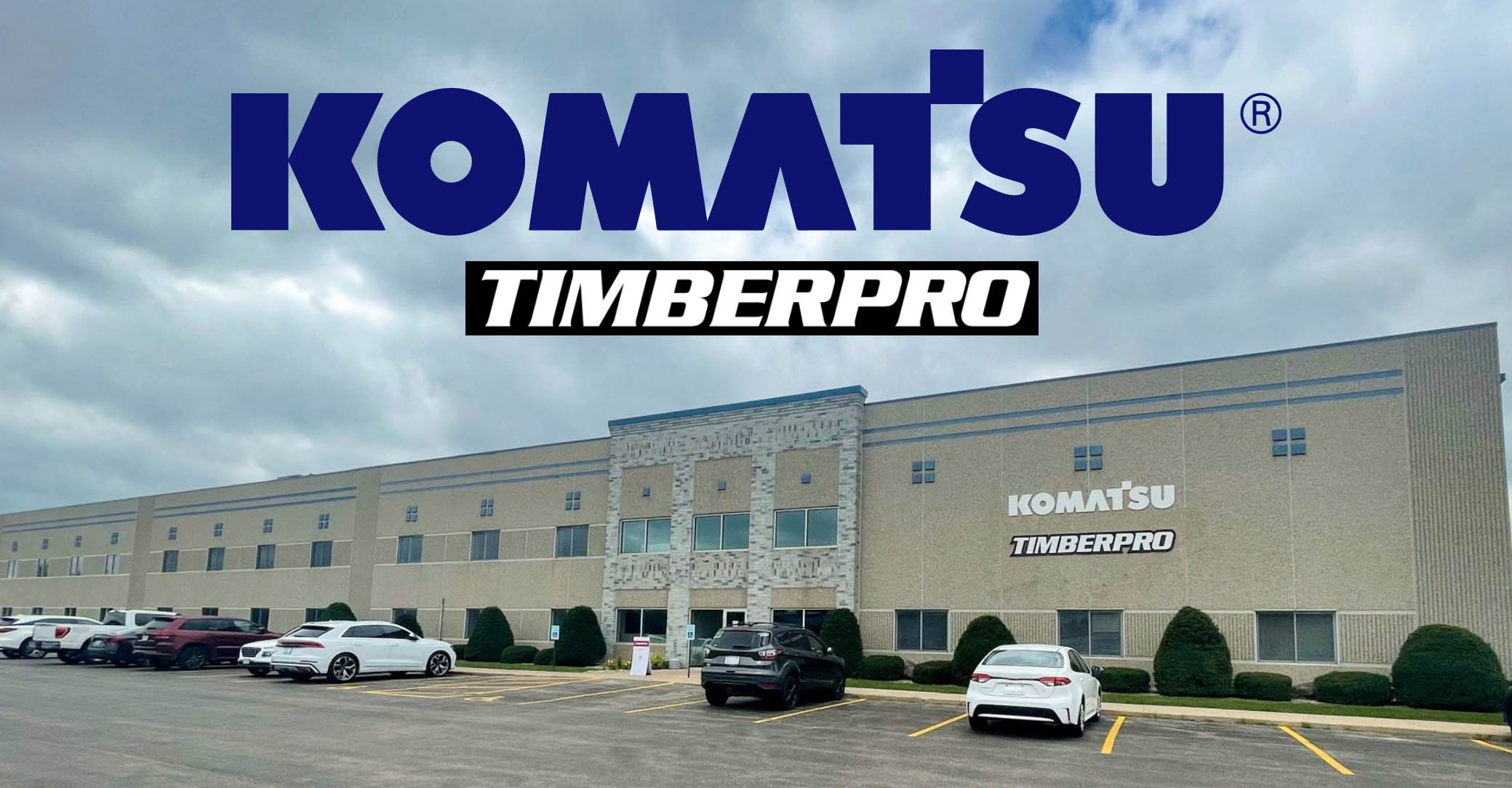As the American Loggers Council President, I will do my best to help represent loggers at the national level. My best will require continually falling back on quotes from my two grandmas, one from Grandma Ainsworth, and one from Grandma Albrecht. I will share these quotes in just a moment, but I’d like to first better explain who I am.
The “tag line” at the end of my article notes I have a forestry degree from Duke with some past industry leadership roles. Nice, but that doesn’t really explain who I am. The most spot-on characterization I’ve ever received was from an old cat skinner named Roy Paterson. I was in my early 30’s on a forest road crew down at Shaver Lake, California. There were about eight of us, a cobbled together crew tasked with getting some logging roads built. The first night at dinner, Roy had us go around the table and introduce ourselves.
A couple of guys were loggers, one was just out of prison, one was Roy’s nephew . . . don’t remember the others. Each introduction was short, not eloquent, but sufficient. I was last, and proceeded to pontificate about my forestry degree, my previous work as a consultant in North Carolina, and other drivel. When I was done, there was an awkward silence. Then Roy looked straight at me, and in his low, gravelly voice said, “You ain’t nothin’ but an educated saphead.” The seven other guys guffawed as I turned beet red. From that day on, we all worked as a team, and got a lot of road built.
Over the past 40 years since that humbling beginning, I have been blessed to work with, and learn from, some of the best loggers in California. I was privileged to be hired 35 years ago as general manager of a logging and trucking firm. The owner of that family-run company patiently mentored me, and I became co-owner a few years later. I have always appreciated the great education that my parents worked hard to make possible for me, but my real-life education happened much later in the woods.
I got past Roy’s fairly accurate description, and logging got into my blood as much as, maybe even more than, the love of forest silviculture and management that had brought me there in the first place. Over the years, our company has had as many as 75 employees, with 22 trucks, 2 cut-to-length sides, a mechanized side, 2 chipping sides, and a CAT side. I’ve been to numerous logging truck wrecks, and have transported a few employees to ER, trying to decide whether or not to stop at the stoplights.
We’ve had years that ended with all the bills paid and money in the bank. We’ve had really rough years with one that ended up visiting with a bankruptcy attorney. That served to make us realize that bankruptcy is much worse than the hard work to avoid it. Our company has thinned roughly 75,000 acres of public land on the Stanislaus National Forest. If anything, this “educated saphead” has learned that he is no more than one cog in the wheel we call logging.
Over the past three decades, our logging business has downsized right along with California’s timber industry. I’ve watched logging get rebranded as timber harvesting, then forest thinning, then vegetation management, to the newest moniker, forest restoration. Today, loggers are tasked with producing a product America needs and wants, while trying to protect anything that might get harmed by our operations. Over the years, that has included spotted owls, pine martens, goshawks and a myriad of floral species. I remember a job where we had to protect a “frog crossing.” Loggers have always worked hard to protect forest ecosystems and the creatures that live there, but we too often see environmental protections designed to “prevent” rather than protect.
Now looms another challenge to “protect” trees. Spurred on by an environmental watchdog group called Environment America, the newest issue confronting our industry is the recent Biden Administration directive regarding “mature and old growth” forests. Here’s where Grandma Ainsworth’s advice would come in handy. As folks considered this topic, she would have advised, “Keep an open mind, but don’t let your brains fall out.”
I’m afraid that on the old growth topic, it may be too late. If some folks’ brains haven’t fallen out, they most certainly are leaking. Under these recently implemented guidelines, any new projects proposing vegetation management that occurs where “old growth conditions exist” must be “submitted to the National Forest Deputy Chief for review and approval.” It often takes years to get forest management projects approved at the Forest Supervisor and Regional Office levels. I can only imagine how long it will take to also clear the Deputy Chief’s office.
Since 2015, 20% of all the mature giant sequoias in the world have been lost to catastrophic fire. This fact inspired Congress in 2022 to pass H.R. 8168, the “Save Our Sequoias Act.” Endorsed by the Save the Redwoods League, the act declares an emergency to expedite work on the ground intended to “save” the sequoias. That work has to include thinning out forests that are now so overgrown that even the fire-resistant old growth giant sequoias are succumbing to catastrophic wildfire. How work around the giant sequoias will square with the old growth “hands off” edict from the President remains to be seen.
America currently has approximately 112 million acres of Designated Wilderness, 425 National Parks, 6,792 State Parks, and approximately 13,000 miles of Wild and Scenic Rivers. The proposed protections for mature (80 million acres) and old growth (32 million acres) would more than double the amount of American “protected” forestland restricted to minimal or zero production of wood products.
This is a good spot to update an important fact: America is no longer the second leading importer of lumber in the world. We are now the number one IMPORTER of lumber in the world. So, Congress, US Forest Service, Bureau of Land Management . . . as extreme environmental groups lobby you daily and litigate you often, Grandma Ainsworth would remind you, “Keep an open mind, but don’t let your brains fall out.”
I’ll end this message with Grandma Albrecht’s quote. She said these words during the height of WWII just after receiving the news that her oldest son had been killed when the B-17 he piloted was shot down, and her other son (my dad) had just been wounded with a bullet that grazed his head. She said, “God knows, He loves, He cares, nothing this truth can dim.” I share these words for any of you loggers that are facing personal hardship right now, whether with business, employees, family, the challenges of logging, or simply discouragement with the direction our country seems to be taking.
One Sunday afternoon after church, our pastor pulled me aside and said, “Mike, you are called to be an “encourager.” I think I’ve failed that calling with my past few messages, so I’ll tell you now the title of my next message: “What’s Going Right.”
The American Logger – A Legacy of Achievement
Mike Albrecht has a master’s degree in forestry from Duke University, is a Registered Professional Forester in California, and has worked for over 45 years in forest management and the forest products industry.
Mike currently serves as president of the American Loggers Council and is a past president of Associated California Loggers and the Sierra Cascade Logging Conference.



















